Bethany “Bitsii” Nakamura on Breathing New Life into Abandoned Homes in Japan
Finding Purpose and Sustainability Within Japan’s Abandoned Walls
Designer and content creator Bethany Nakamura takes her skills to the deep countryside of Japan and shares how she got involved in restoring and living in Japanese abandoned homes.
Taking the plunge to leave a job that doesn’t align with your values is a difficult choice. Yet, Bethany Nakamura’s choice to leave her corporate day job to move to Japan is a testament to the courage it takes to pursue one’s true calling. After relocating to teach English in the rural countryside of Shikoku for what was meant to be a temporary sabbatical, Nakamura found herself unexpectedly drawn back into design, eventually settling in an akiya (abandoned homes in Japan).
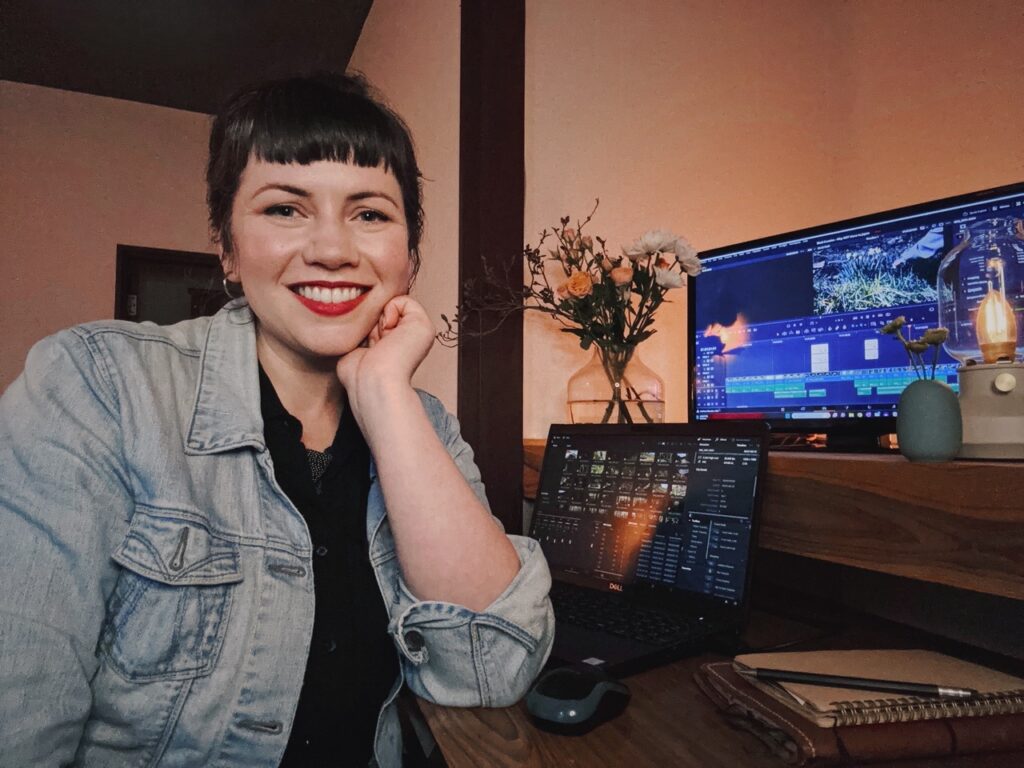 © Photo by Bethany Nakamura
© Photo by Bethany NakamuraIn sharing her story, Bethany, also known as Bitsii, emphasizes the importance of finding value in the things around us. She shares her experience in sustainability and restoring abandoned homes in Japan.
How did you get into interior design and eventually move to Japan?
Growing up my dad ran a charity and my mom stayed home to care for us. We often moved in and out of houses, and most of the homes we lived in needed some extra care. I’d watch my mom patch up these homes and I eventually started to show an interest in it too, especially with paint colors. I honestly hated moving into these houses, but what I internalized from it was that there’s freedom and opportunity to change your home spaces. I concluded early on that I wanted to do interior design. Simultaneously, I stumbled on a VHS of Hayao Miyazaki’s Tottoro at a flea market. The story stayed with me and my interest in Japan began from that point on. Those two things were important constants in my life—my budding interest in Japan and my knack for design.
I eventually became an interior designer and worked for a big corporate company. Yet, I found myself working on projects that did not align with my values. As my mother would say, these jobs were not “life-giving.” Being a corporate zombie changed things for me. In the end, I decided to pull from my childhood curiosity to re-kindle my sense of self. This brought me on my path to moving to Japan.
Was the idea of living in an akiya already on your mind before coming to Japan?
It was just something I had heard about, especially through YouTubers like Tokyo Llama or reading articles about ghost towns. There were also rumors going around that houses were being given away. Or occasions where if you lived in a house for five years, you’d eventually get it for free. It was all interesting, but I didn’t see myself getting into it. When I eventually arrived in Japan and did get into it, I thought it would be temporary, but it wasn’t.
How did you end up living in an abandoned home?
I had only lived in Shikoku for six or seven months, and at the time I was living in a teacher’s apartment. By chance, through a neighborhood contact, I was given the opportunity to live in a very special house. I have experience in homeownership, so the idea of taking on a house like this was a little bit daunting. Especially one that I didn’t choose myself. Yet despite my hesitations, I walked into this house and knew right away that I had to stay.
Despite my hesitations, I walked into this house and I knew right away that I had to stay.
From the concrete floors in the genkan (entryway) area, and the different levels to the overall design, there was something incredibly moving and different about this place. Learning about the woman who had lived there before made me realize how special this home truly was. I knew I needed to spend time in this space and renovate what needed to be renovated.
Can you talk about the process of cleaning out your abandoned home?
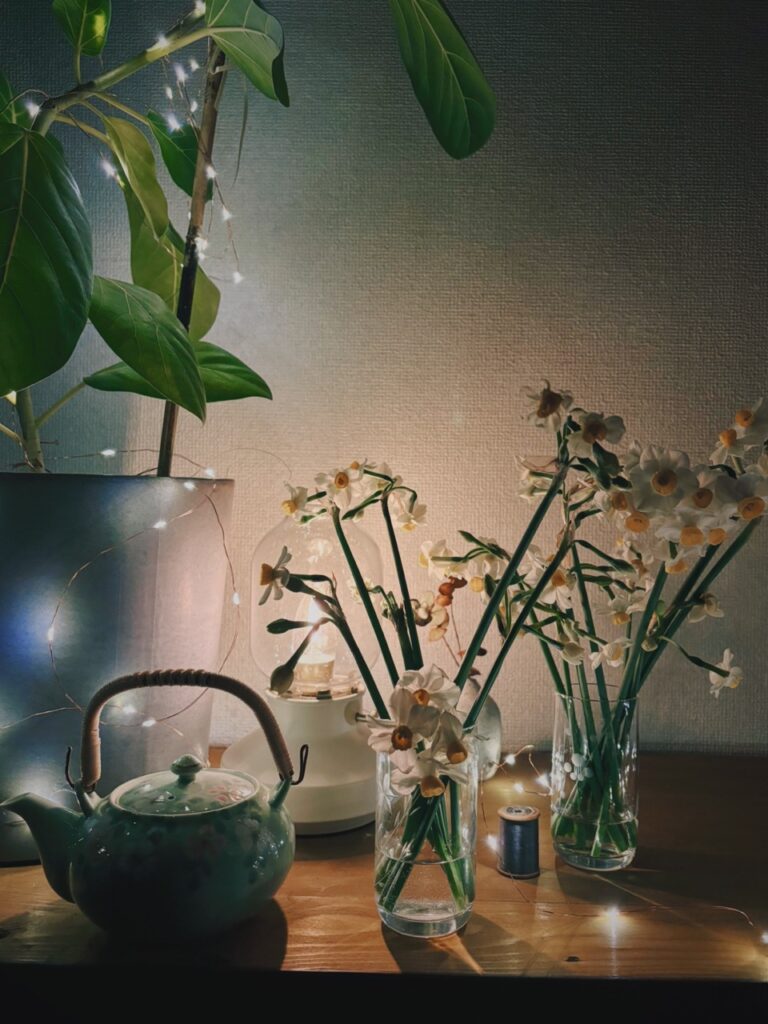 © Photo by Bethany Nakamura
© Photo by Bethany NakamuraIn the beginning, it was a community affair. I had a lot of manpower with people coming in and out to help move things. However, there was still a lot of work in sifting through what was left. I ended up spending hours each day separating trash and sorting out the more precious items. I worried that I might be discarding something of significance, but thankfully, I had neighbors there to let me know if things were relevant to the local area or past owner.
We found old money, which was donated to a local shrine, kimono pattern books, ikebana (flower arrangement) supplies and even old photos. It was amazing to hold these photos in your hand and look across the street at the same scenes to see that so much had changed. One of the older neighbors pointed to a photo of an elementary school class and said “This teacher is my grandpa.” It struck me how close-knit this community was.
Did the home require any type of maintenance or renovation?
While it wasn’t necessary or a requirement to renovate, it was assumed that I’d maintain the home for everyday living. For the sake of keeping up the house, I was happy to put some money forward for things like replacing an electrical unit when I moved in or having the pipes fixed when they gave out.
While the first house didn’t require too much renovation even though it had been empty for 10 years, the second home I moved into had a kominka (a traditional Japanese house made from wood and clay) on the property which I plan on restoring in the future.
Was it difficult to balance Japanese and Western design elements?
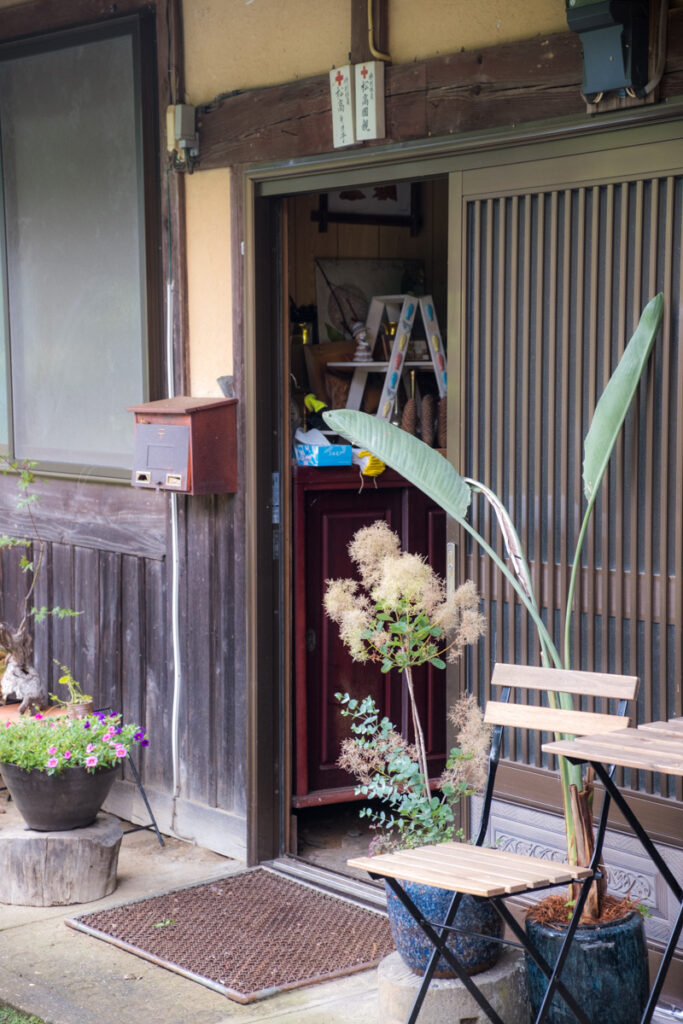 © Photo by Maigo Mika
© Photo by Maigo MikaI had a lot of assumptions that were challenged or changed based on my lived experience in understanding how Japanese homes worked. After moving into my first home, I wanted to change the kitchen into an open concept, but what I learned by living in the space for a time was that it was purposefully segmented off to close doors for temperature control. I originally came in with visions of furnishing my new space with vintage Japanese furniture specifically curated from antique shops, but it turned out that I didn’t need too much furniture because this was a traditional Japanese home. In the end, I changed my mind on a lot of things.
How does the principle of “mottainai” guide your design?
I think it’s important to shift our thinking when it comes to sustainability and embracing mottainai (the concept of not being wasteful). While sustainable products or building methods can seem like a good thing, in most cases, it’s more sustainable to do nothing.
“…in most cases, it’s more sustainable to do nothing”
As an interior designer, I believe we can use design to create healthy happy spaces that support our wellbeing, but I think we need to stop thinking we need to consume to show our identity. We can live in harmony in a space that already exists by making use of the items we already have. There’s an opportunity for us to be more intentional about our relationships with stuff. Making friends and living well with the items that surround us, especially the things that we may not have chosen in other circumstances, is a great way to do that.
There’s a growing interest in akiya in online spaces, what unique value do you bring to the online conversation?
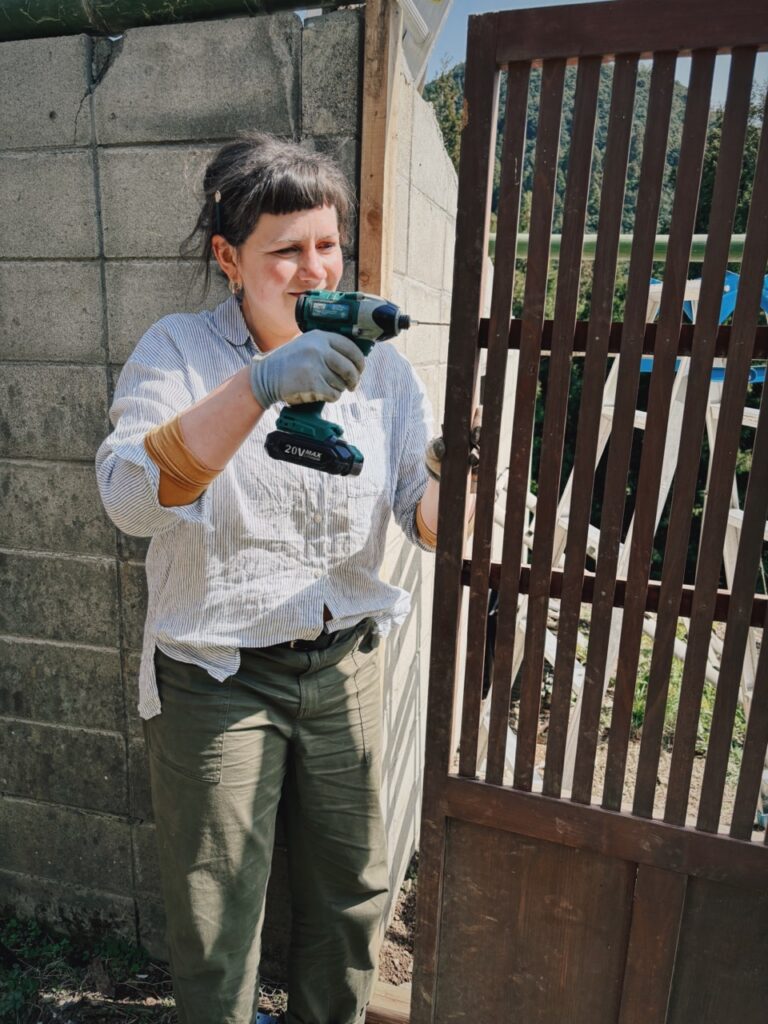 © Photo by Bethany Nakamura
© Photo by Bethany NakamuraConstruction, renovation and even interior design especially in leadership and corporate spaces tend to be male-dominated. It’s no surprise that akiya content online is also male-dominated. I’ve noticed that this content centers narratives around taking charge, making change, heavy construction, expressing one’s vision and extracting value. This is very much how the architectural construction perspective thinks.
“What I share is deeply personal and less about extracting value or taking charge.”
My uniqueness is that I’m intentionally very soft. What I share is deeply personal and less about extracting value or taking charge. I don’t need to take over or change something if it doesn’t need to be changed. My content may not have the sparkly before and after and it doesn’t glorify money. Instead, it takes a human-centric approach by being receptive and considerate of neighbors and the community.
Did you encounter any external pressure while pursuing your creative career path in Japan? How did you stay true to your vision?
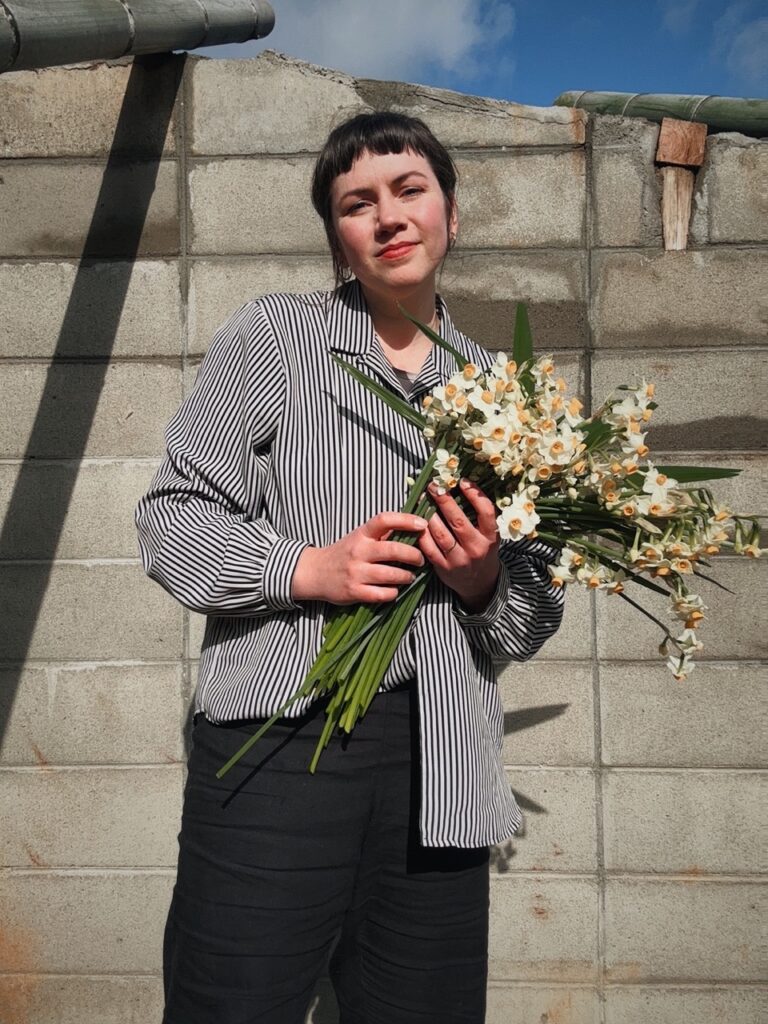 © Photo by Bethany Nakamura
© Photo by Bethany NakamuraThere’s a definite pressure to share my content responsibly and it’s something I think about often. I’ve also run into difficulties with my local community understanding what I’m doing because content creation can come off as self-promotional which contrasts traditional Japanese values. I just have to remind myself that I’m trying to help people find win-win housing solutions and I’m happy to present an image of how we can make living in abandoned homes in Japan a reality.
What advice can you give readers interested in buying or renting abandoned homes in Japan?
I think it’s important to live here for longer periods to fully understand our surroundings and living needs. We also need to get over the apples-to-apples comparisons; houses here are not the same as our home country. Ownership is also very different. When finding houses, arrangements can be flexible even through online resources like Akiya Banks. There are also benefits to talking to people and word of mouth. Who knows, maybe the house of your dreams may be uncovered by a neighbor you talked to in passing.
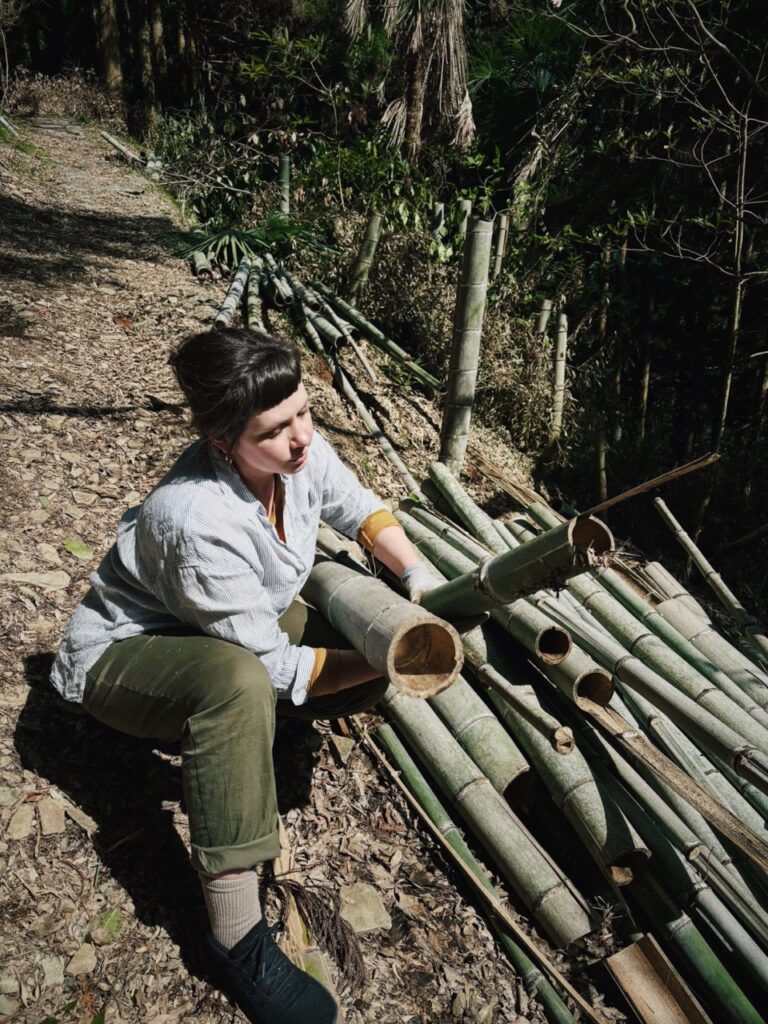 © Photo by Bethany Nakamura
© Photo by Bethany NakamuraFollow Bitsii’s YouTube channel and visit her website for everything from akiya restorations and DIY to life in rural Japan. For regular updates, follow Bitsii on her Instagram.
Savvy Spotlight is a monthly feature introducing foreign and Japanese women at the frontline of what’s successful, contributing, cool, unique and interesting in the city. If you have anyone in mind you would like us to interview, leave us a comment below with your recommendations!
















Leave a Reply